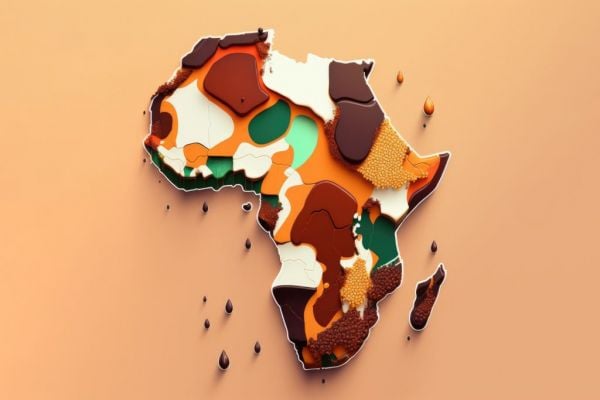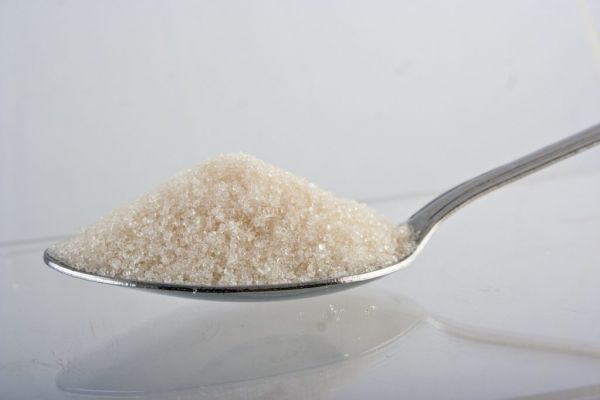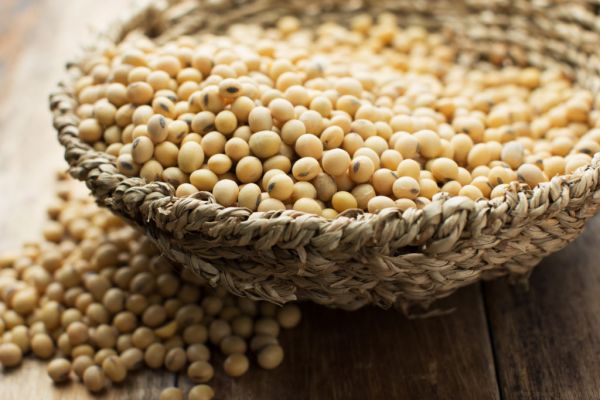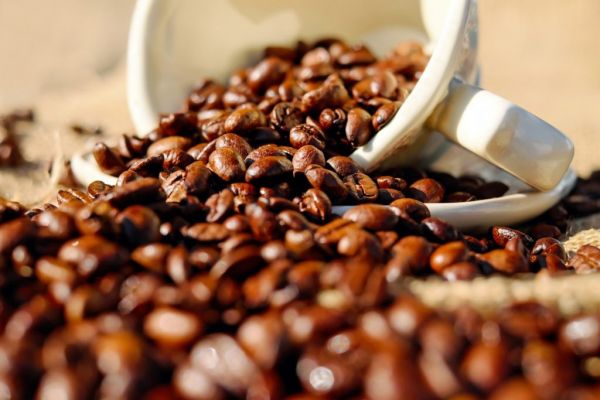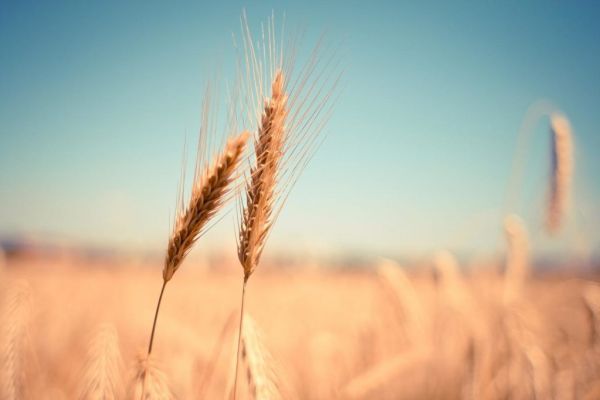The late onset of Kenya’s second rainy season delayed coffee-bush flowering, and the subsequent drought will hurt the size and quality of the nation’s Arabica crop, a government agency warned.
The nation that’s the world’s largest exporter of black tea has already said that it may miss a target to raise tea output by 25% to 500 million kilograms, should the dry spell that begun earlier in 2016 persist.
"With the conditions as they are, we expect coffee production to decline," Harrison Mugo, a director at the Coffee Research Institute, said by phone from the capital, Nairobi.
While Kenya grows very little coffee compared to regional producers such as Ethiopia and Uganda, its beans are prized globally and are often used in blends. Its exports increased by 15% in the crop season through September 2016, to 44,000 metric tonnes.
Kenya’s mainly rain-fed agriculture makes up about a quarter of its $69.2 billion economy. The sector contributed 3.9% growth to gross domestic product in the third quarter of 2016, after tea and coffee output fell, compared with 5.5% a year earlier, according to the Kenya National Bureau of Statistics.
Rainfall between November and January has been poor, said James Oduor, chief executive officer of the National Drought Management Authority.
‘Bad Situation’
The government may spend more than the 21.5 billion shillings ($208.7 million) it budgeted to support 1.3 million people to the end of July if a survey this month shows that more people are in need, Oduor said.
"The drought is going to be severe,” he said by phone from Nairobi. “We are prepared for a bad situation up to the end of July."
Poor rainfall in the coming season could be catastrophic for the economy if it stokes inflation past a government target of 7.5%, with prices already under pressure from a declining local currency and rising value of crude, according to Faith Atiti, senior economist at the Commercial Bank of Africa.
Kenya’s consumer prices have remained within the government’s target range of 2.5%-7.5% since February 2016. The inflation rate slowed to 6.4% in December, from 6.7% the previous month, according to the statistics agency.
The Kenyan shilling weakened as much as 0.8%, to 103.60 to the dollar, in earlier trade and recouped losses to trade at 103.30 by 4.29 pm in Nairobi. The currency has lost 1% this year, according to data complied by Bloomberg.
"Even though inflation came down in December, that’s temporary," Atiti said by phone from Nairobi. "Drought, [the] weaker shilling, sounds bad from an inflation perspective. Ripple effects will hit on core inflation."
News by Bloomberg, edited by ESM. To subscribe to ESM: The European Supermarket Magazine, click here.


